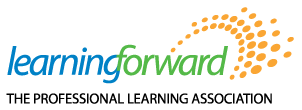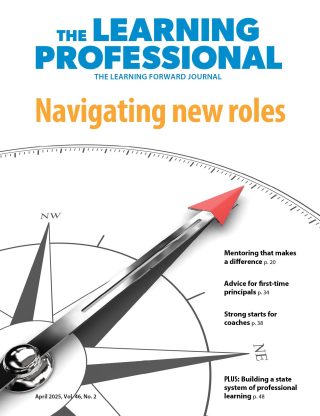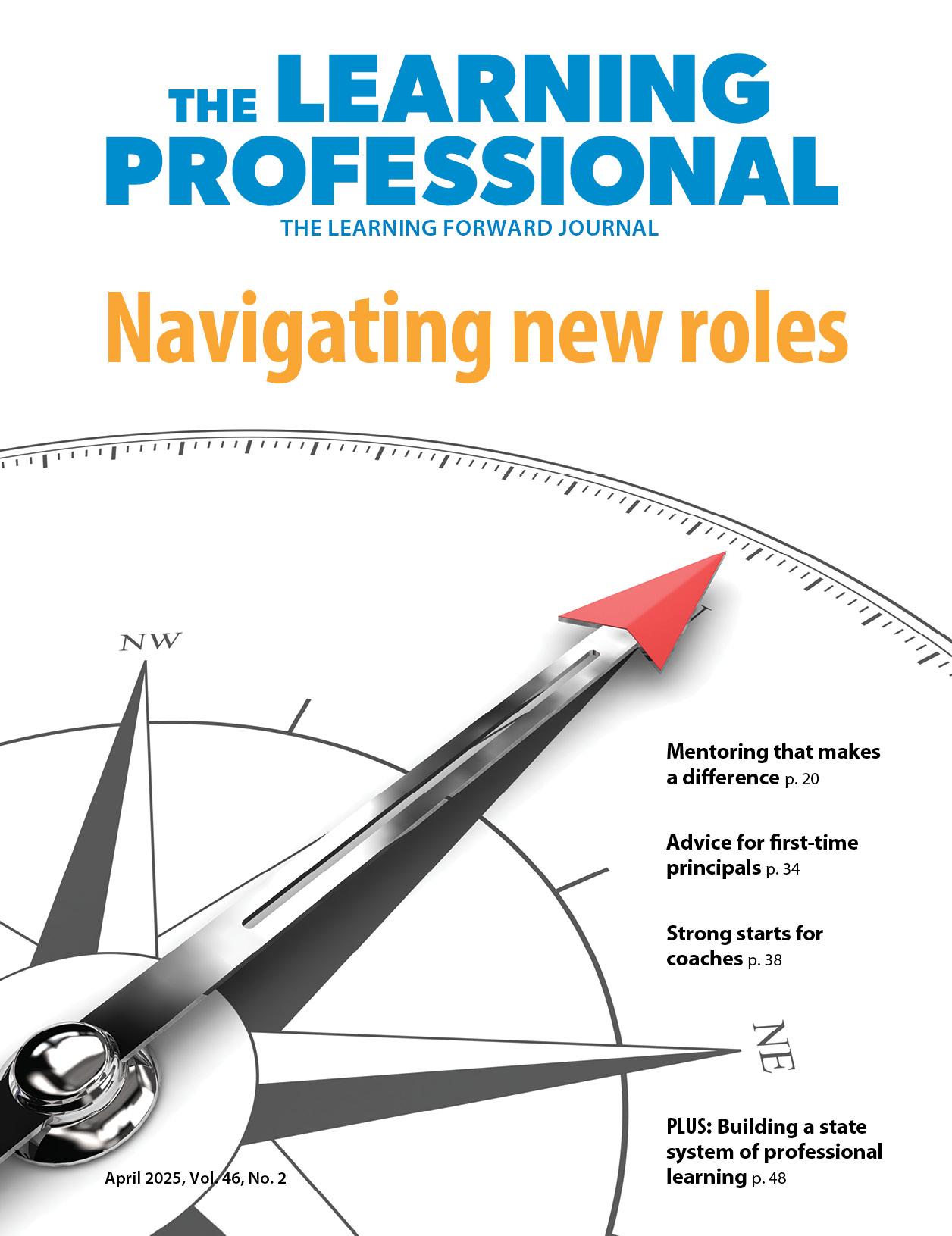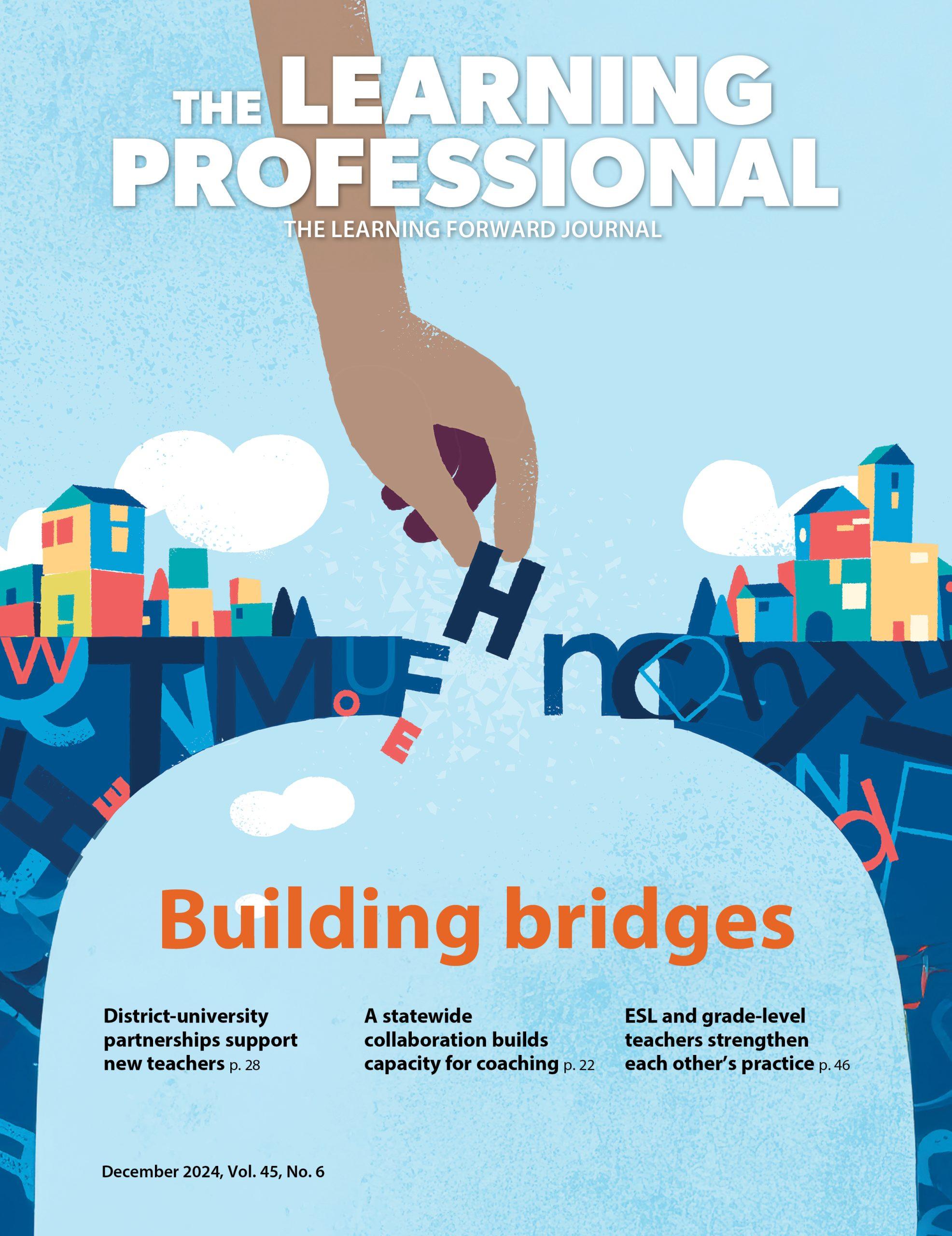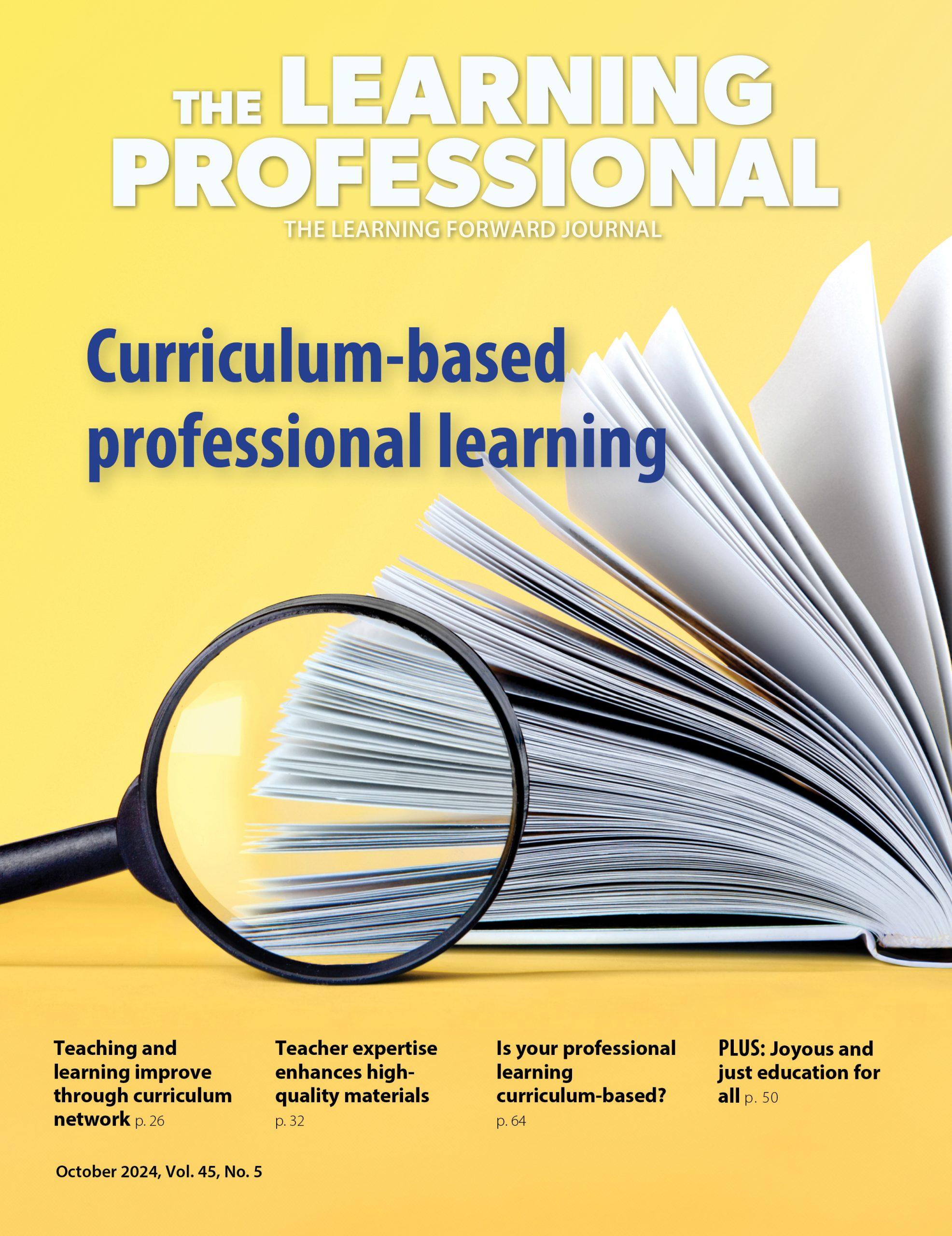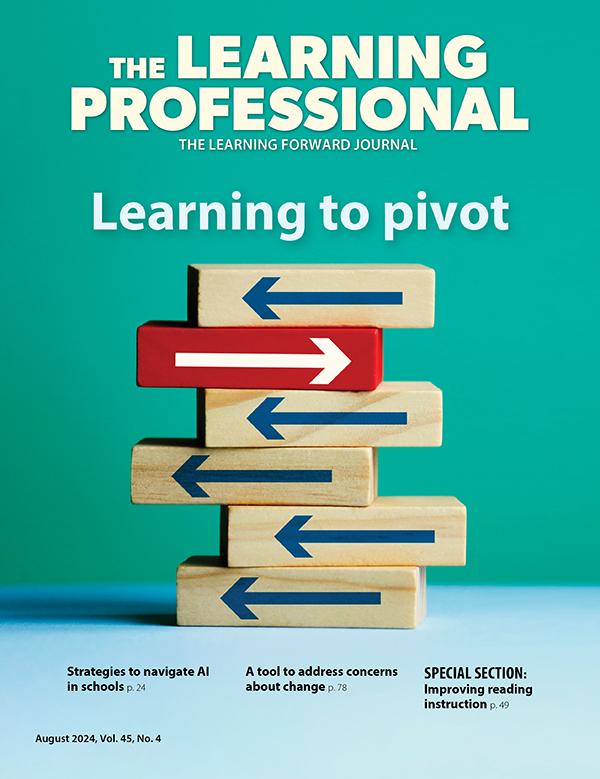Read the remaining content with membership access. Join or log in below to continue.
Sed ut perspiciatis unde omnis iste natus error sit voluptatem accusantium doloremque laudantium, totam rem aperiam, eaque ipsa quae ab illo inventore veritatis et quasi architecto beatae vitae dicta sunt explicabo. Nemo enim ipsam voluptatem quia voluptas sit aspernatur aut odit aut fugit, sed quia consequuntur magni dolores eos qui ratione voluptatem sequi nesciunt. Neque porro quisquam est, qui dolorem ipsum quia dolor sit amet, consectetur, adipisci velit, sed quia non numquam eius modi tempora incidunt ut labore et dolore magnam aliquam quaerat voluptatem.
References
Darling-Hammond, L. (2006). Constructing 21st-century teacher education. Journal of Teacher Education, 57(3), 300-314.
Ginel, C. (2024). Job-embedded teachers’ perspectives on professional learning: A case study of job-embedded secondary teachers and their education leaders in a local Tennessee school district [Doctoral dissertation]. University of Virginia.
Glazerman, S., Isenberg, E., Dolfin, S., Bleeker, M., Johnson, A., Grider, M., & Jacobus, M. (2010). Impacts of comprehensive teacher induction: Final results from a randomized controlled study. Institute of Education Sciences, U.S. Department of Education.
Ingersoll, R.M. (2001). Teacher turnover and teacher shortages: An organizational analysis. American Educational Research Journal, 38(3), 499-534.
Ingersoll, R.M. & Smith, T.M. (2004). Do teacher induction and mentoring matter? NASSP Bulletin, 88(638), 28-40.
Ingersoll, R.M. & Strong, M. (2011). The impact of induction and mentoring programs for beginning teachers: A critical review of the research. Review of Educational Research, 81(2), 201-233.
Keese, J., Thompson, C.G., Waxman, H.C., McIntush, K., & Svajda-Hardy, M. (2023). A worthwhile endeavor? A meta-analysis of research on formalized novice teacher induction programs. Educational Research Review, 38, 100505.
Learning Forward. (2022). Standards for Professional Learning.
Mertens, D.M. & Wilson, A.T. (2019). Program evaluation theory and practice: A comprehensive guide (2nd ed.). Guilford Press.
Nguyen, T.D., Lam, C.B., & Bruno, P. (2022). Is there a national teacher shortage? A systematic examination of reports of teacher shortages in the United States (EdWorkingPaper, 22-631). Annenberg Institute at Brown University.
Opfer, V.D. & Pedder, D. (2011). Conceptualizing teacher professional learning. Review of Educational Research, 81(3), 376-407.
Tennessee Department of Education. (2023). Job-embedded vs. teacher apprentice pathways. tinyurl.com/bdeeyfyf
Tooley, M. (2023). National scan of pathways to becoming a first-time teacher. New America. tinyurl.com/mszj9yx7
Tournaki, N., Lyublinskaya, I., & Carolan, B.V. (2009). Pathways to teacher certification: Does it really matter when it comes to efficacy and effectiveness? Action in Teacher Education, 30(4), 96-109.
Wong, H. (2005). New teacher induction: The foundation for comprehensive, coherent, and sustained professional development. In H. Portner (Ed.), Teacher mentoring and induction: The state of the art and beyond (pp. 41-59). Corwin.

Dr. Ginel is a school administrator in Knox County Schools, Tennessee. She served for three years on the Tennessee Governor Haslam and Commissioner McQueen’s Teacher Cabinet, was an inaugural educator fellow with the Tennessee State Collaborative on Reforming Education (SCORE), and presented at the Learning Forward National Conference in 2023. She holds an Ed.D. from the University of Virginia, an Ed.S. from the University of Tennessee, and M.A.T. in Science Education and a B.A. in Biology from Boston University.
Recent Issues
LEARNING DESIGNS
February 2025
How we learn influences what we learn. This issue shares essential...
BUILDING BRIDGES
December 2024
Students benefit when educators bridge the continuum of professional...
CURRICULUM-BASED PROFESSIONAL LEARNING
October 2024
High-quality curriculum requires skilled educators to put it into...
LEARNING TO PIVOT
August 2024
Sometimes new information and situations call for major change. This issue...
